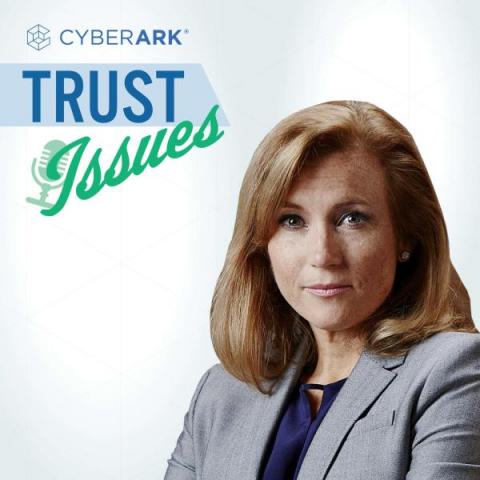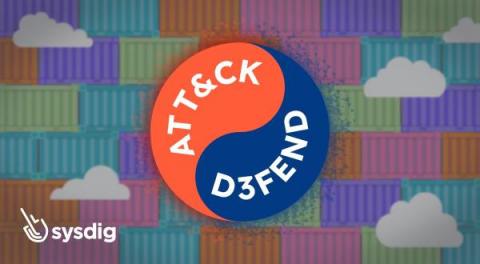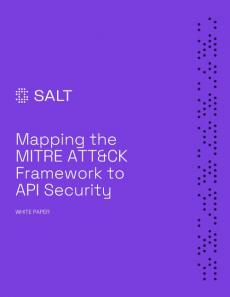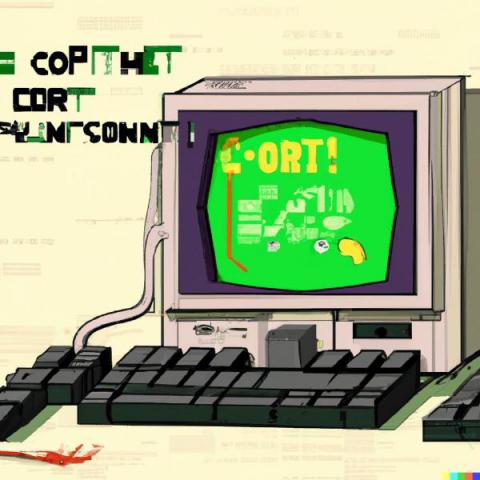Security | Threat Detection | Cyberattacks | DevSecOps | Compliance
Technology
EP 22 - Deep Fakes, ChatGPT and Disinformation: Theresa Payton on Evolving Digital Threats (Part 2)
Today’s episode is part two of our conversation with former White House CIO, bestselling author and founder and CEO of Fortalice Solutions, Theresa Payton. If you missed part one, you can start here and go back to that episode. Or, you can start there and come back to this one – but you’re already here, so maybe just stick around?
MITRE ATT&CK and D3FEND for Cloud and Containers
MITRE ATT&CK and MITRE D3FEND are both frameworks developed by the non-profit organization MITRE, but they serve different purposes. If you are new to the MITRE ATT&CK framework and would like to brush up on some of the concepts first, we created a Learn Cloud Native article to help you on your journey. If you want to go further, here’s how Falco’s Cloudtrail rules align with MITRE ATT&CK.
Keep Your Data Protected from Adversarial States and Governments
AppSec Decoded: Managing your open source risks | Synopsys
Developing A Cloud Data Protection Architecture
The business value of API security
Mapping the MITRE ATT&CK Framework to API Security
How to integrate continuous API fuzzing into the CI/CD?
API security is a growing concern for businesses that offer or consume APIs. APIs, or application programming interfaces, allow different software systems to communicate and exchange data. They allow businesses to build integrations and connect with partners, customers, and other stakeholders. However, as more sensitive data is being shared through APIs, it is essential to ensure that these interfaces are secure and protected from unauthorized access or manipulation. In this blog post, we'll discuss how continuous fuzzing can be a powerful tool to secure APIs and how developers can adopt a "secure by default" approach by integrating continuous fuzzing into SDLC processes.
Aligning Falco's Cloudtrail Rules with MITRE ATT&CK
This blog will explain how Falco’s Cloudtrail plugin rules can be aligned with MITRE ATT&CK Framework for Cloud. One important note is that the team at MITRE has developed several different matrices to address the unique risk associated with adversaries in the cloud, in containerized workloads as well as on mobile devices.











